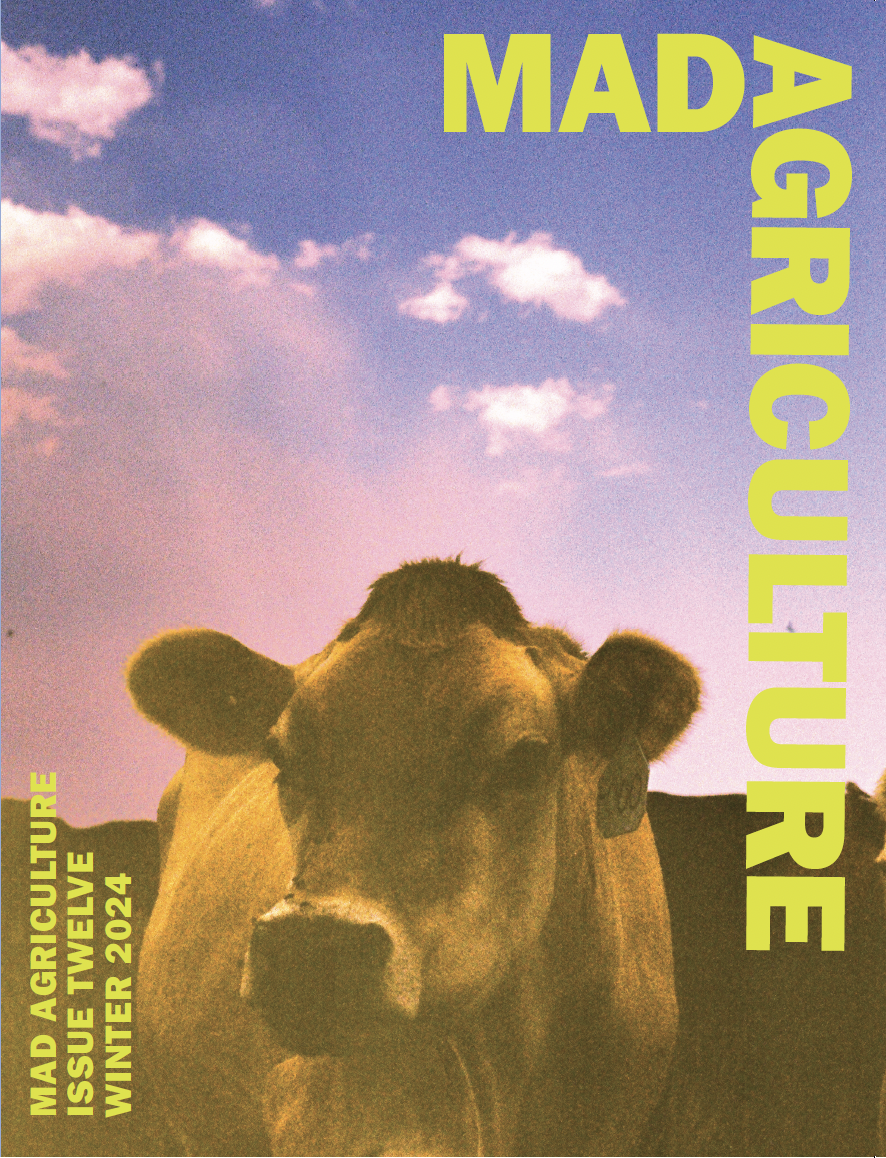
The Mad Agriculture Journal
The Movement’s Port of Entry
Published on
March 19, 2025
Written and photographed by
Evan Storey
Lieutenant James Gadsden was a real cabrón. The South Carolinian served as “Envoy Extraordinary and Minister Plenipotentiary” to Mexico shortly before the US Civil War, calling abolitionists “the greatest curse of the nation,” with new territory in mind for the soon-to-be Confederates. I wouldn’t be here without him though. Then US President Polk’s expansionist agenda, with support from enablers like Lieutenant Gadsden, led to Mexico ceding over half of its land to bring an end to the Mexican-American War. To this day, those of us gringos who live in Mexico are regularly reminded of this land grab, even though the Tohono O’odham of southern Arizona have the biggest ax to grind. Still, it got worse for the former colony of Spain, as Presidente Santa Anna’s government was deep in debt and resorted to selling even more territory to the US. That big 30,000 square mile “Gadsden Purchase” became my big backyard, and yet another version of the borderline that cuts right through the Sky Islands of the Sonoran Desert.
Fast-forward nearly two centuries, and the largest Spanish-speaking country in the world has now become the US’s largest trading partner, supported mainly by the agricultural sector. And the second-largest Spanish-speaking country in the world? Nosotros. America. All of this is to say that, despite our fierce soccer rivalry, Mexico isn’t just an important economic and cultural partner. We’re joined at the hip, with an enduring connection that runs both ways—much of the corn, cheese, and apples we produce end up in Mexico, the biggest buyer of US food and ag exports.
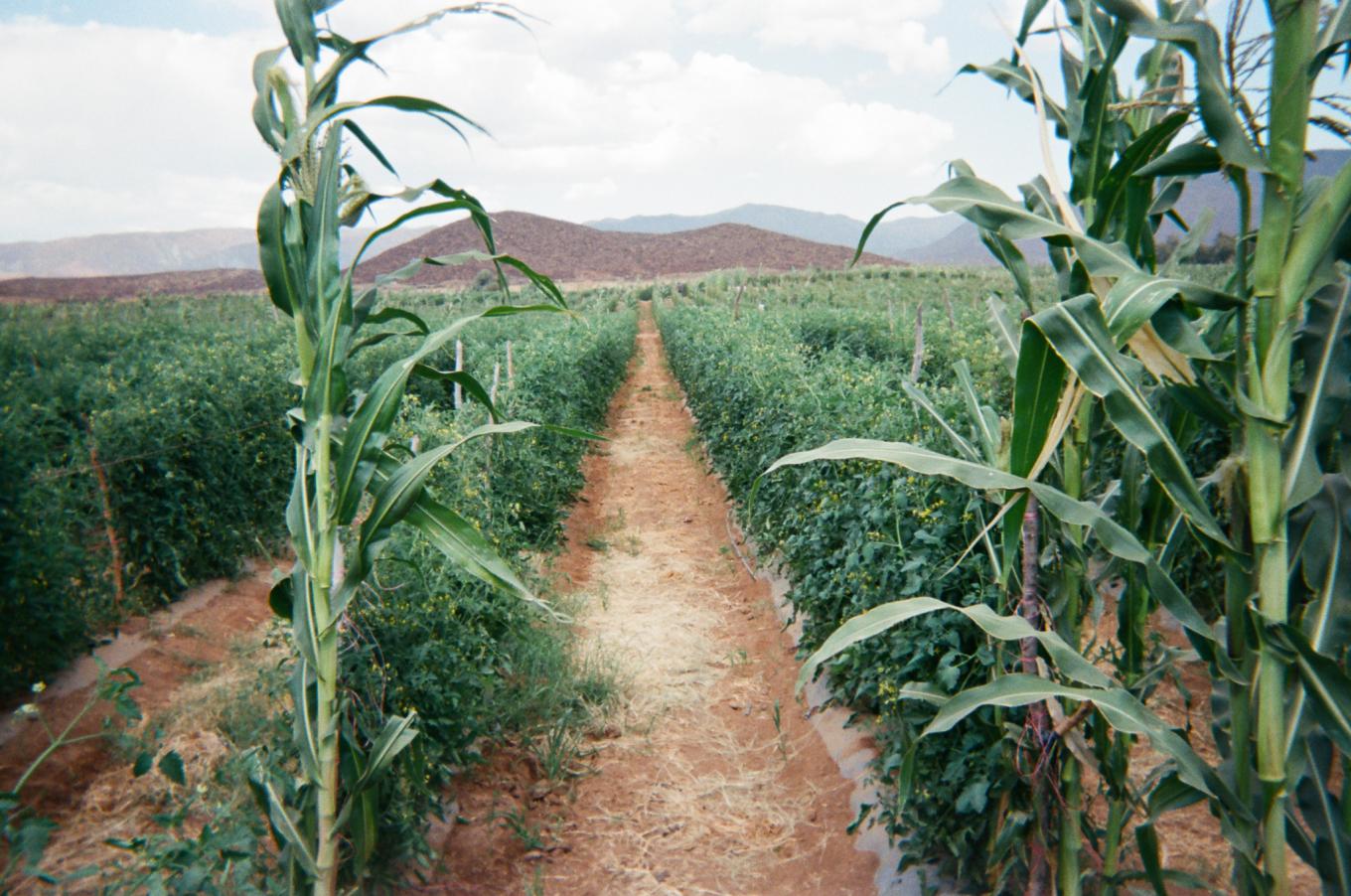
The suggestion that US-based stakeholders in our industry need to treat Latin America with more love might not go over so well with Old Schoolers, I know. It doesn’t—or shouldn’t—really matter in the end. That’s because what differentiates this regenerative iteration of a much longer fight for responsible food production is its global nature. This go-round, we’re trying to mitigate climate change—trying to save the planet. So why does it matter if sound soil practices are promoted in Michigan or Michoacán? Recognize and reimagine your own regional foodshed, irrespective of national borders.
Another differentiator of the regen movement is its early alignment with investment firms and family offices, unlike La Via Campesina or back-to-the-land movements of the past. And, maybe to the chagrin of my more leftist pals, I say ‘wonderful’! This is a sign of real progress since the days of the Treaty of Guadalupe Hidalgo and the gilded influence of that century when capital interests behaved more like zero-sum hoarders. We need those (conscientious) investors at the table, we need that energy more than ever before. We also need more diverse, globally-minded stakeholders, lest capital be deployed disproportionately to pitch decks with the fewest English language errors.
Overwhelmingly, the available literature, streaming content, and regenerative industry events are focused on broad row crop growers, Great Plains ranchers, and emerging brands. How can the practices like constant cover cropping be adapted to regions on the relentless verge of drought? What does supporting the soil food web look like for sandy, alkaline, earthworm-scarce soils reaching 150°F+? Is supporting your “local” farmer, who grows tomatoes in a high-carbon-footprint greenhouse somewhere along the US-Canada border, perceived as more regenerative by, let’s say, a Denver-based eater considering open-field tomatoes from northern Mexico? That’s for each one of us to decide on our own.
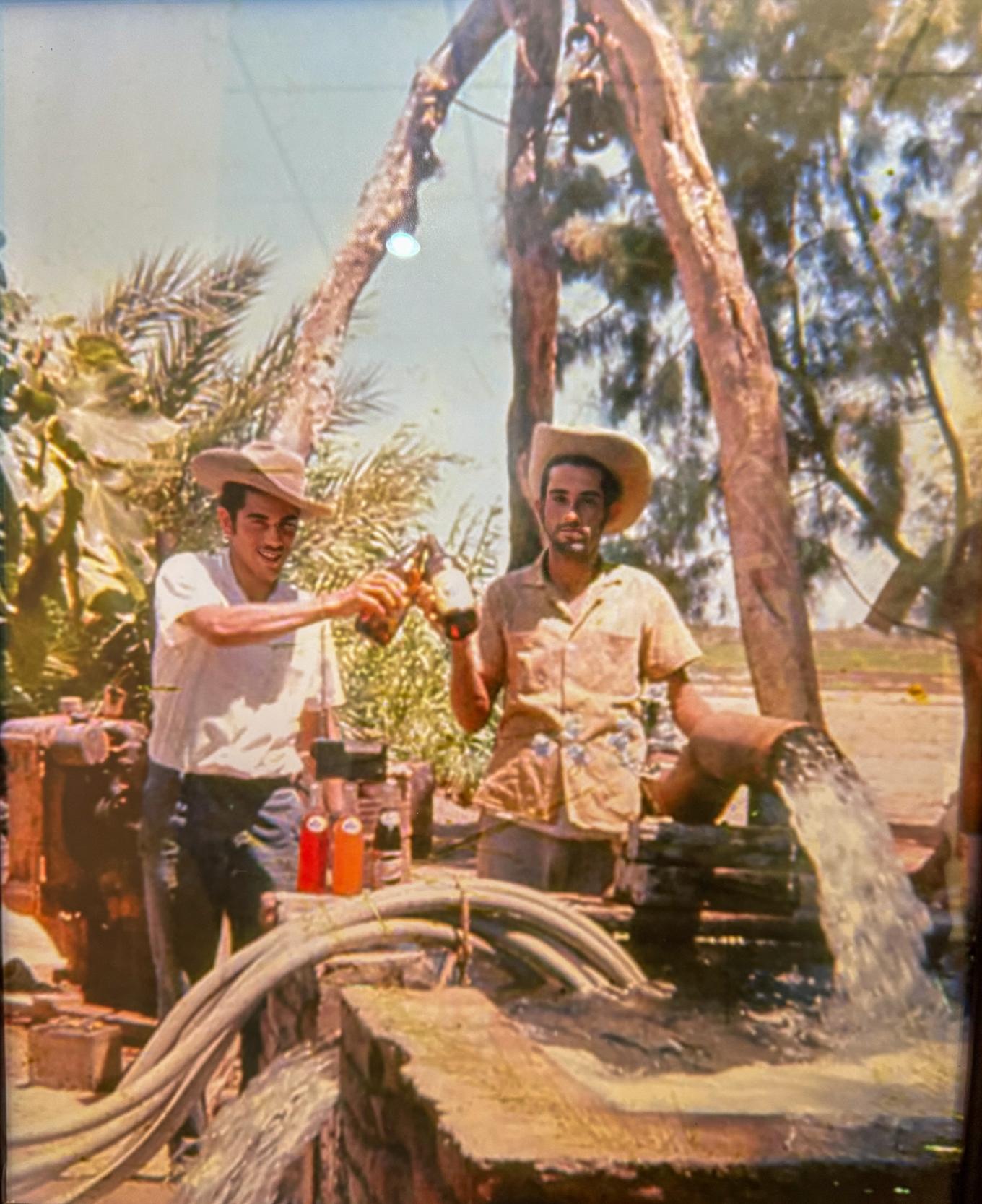
Those decisions need to be informed with as little interference as possible from the sensational news we’re all overexposed to related to cartel violence, the immigrant “invasion”, or to the rare cases of organic fraud. Maybe profiling a few of the many different walks of life that make up the tapestry of farming in Mexico can help. So here are a few folks I’ve gotten to know quite well over the past few years:
Profile 1: Los Hermanos Espinoza
Like my Grandpa Jerry’s family, who moved from Texas to southern Arizona during the Dust Bowl era, the Espinoza family moved from San Luis Potosi to Baja California Sur (Mexico) in search of fertile land apt for cotton production. Cotton loves the sun, yes, but also water. And the fast-fashion industry loves it as cheap as possible, whatever the environmental and social cost. Both of our families experienced the boom and bust of this market in the same Sonoran Desert biome. The busts eventually drove my (older) grandfather to retirement, and the (younger) Espinozas in search of alternatives.
In the late 1990s, brothers Joel and Manuel—two of the sharpest, most innovative dudes I’ve been around—managed to land minimum-wage gigs at a McDonald’s in North Hollywood where they fried and flipped fast food for several years. The growing promise of their father’s post-cotton pivot to organic vegetable production encouraged them to drop the fry basket and return home.
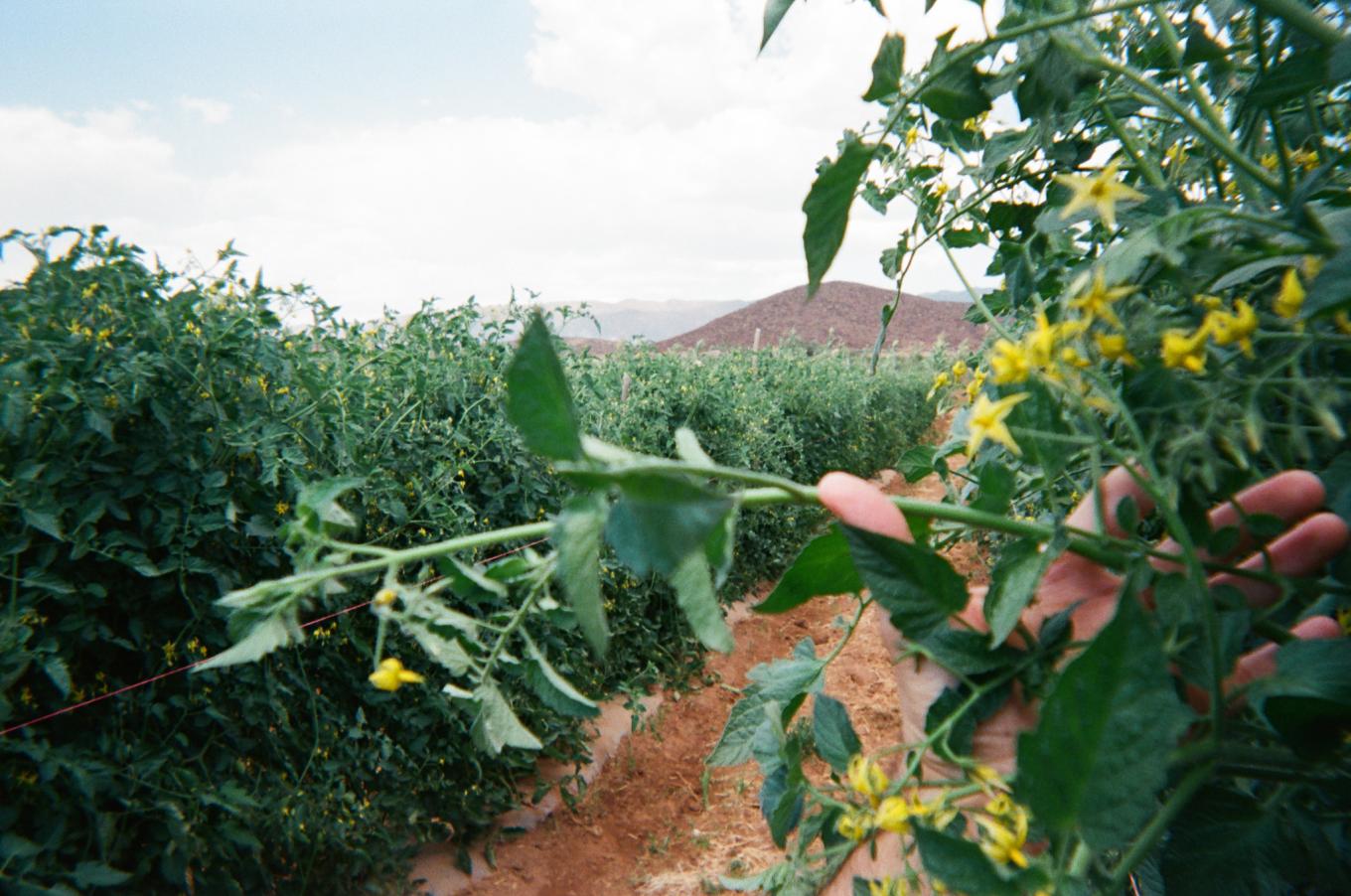
The family elders went from chilling caguamas with urea [because there was no refrigeration; see photo of their dad and uncle from the 1970s] to detaching completely from the ever-present conventional chemical cartels (the other kind), building a modern packhouse from scratch, and growing on 20+ hectares of protected shade houses. They also won a few off-road racing titles for kicks, a popular hobby enabled only through the transition to organic production. Wow, what a rags-to-riches story, right? Not exactly. Debt has been climbing over the past few years, so Joel is dipping his toes in the regenerative-market-swimming pool by binging John Kempf podcasts, experimenting with the Johnson–Su composting bioreactor, and trialing new no-till practices on perennial crops like blackberries. The Espinozas aren’t thrilled about collaborating with those berry barons, but if that’s what the ‘cheap organics’ market demands to stay afloat while not sacrificing their field-level values, I say go for it.
Profile 2: Heaven Sent Organics
David was born on a military base in Florida but grew up in New Jersey, later moving to Georgia, Arizona, and even Vietnam after the French left during that Quiet American window. After decades of working under Dutch-trained greenhouse agronomists across the world, he ultimately settled far from the Garden State in pursuit of more impact and more profit. “Ensenada [Baja California] has one of the best climates in the world to grow warm-weather crops year-round. That helps in many ways…helps, for example, to reduce our dependence on outside resources and inputs,” he explains as we walk between rows of meticulously trellised Persian cucumbers inside one of his low-tech greenhouses. “And we’re just down the road from the largest organic market [California] within the largest organic market [USA] in the world.” I’m sure his wife, Lidia, had some say in where they decided to lay down roots, given that she wasn’t raised too far away in Etchohuaquila, Sonora (traditional homeland of the Mayo people, and known for Mexican sports legends like the late LA Dodgers pitcher Fernando Valenzuela). David is the savvy grower, and Lidia the savvy businesswoman, while their 26-year-old daughter, Juliet, is on track to be the savviest of the three as she takes on more responsibilities at Heaven Sent Organics.

We’re all familiar with this assumption, too often repeated in cross-border food conversations: Growers in Latin America have an unfair advantage since it’s so easy to break the rules—to commit fraud, basically. There are bad actors anywhere you go, for sure. But I’ve been involved in several audits on both sides of the border, and the rigor with which they’re carried out down south is many times greater. Plus, the whims of CBP, FDA, USDA, and other border acronyms, the protectionist good ol’ boys from the Florida Tomato Exchange, the meager “ease” of doing business in Mexico, a quadrupled cost of labor in less than 10 years, and a volatile currency exchange—there are trade-offs and hurdles down here too.
Heaven Sent Organics has a salaried, multi-member team dedicated to regulation and certification compliance. When I ask them about the long-term vision and dreams of going big, David responds with a quick “hell no.” There’s already plenty to keep him up at night. “We just want to give our daughters a meaningful way of life, as long as we can. That means being innovative and competing with the Mastronardis and the Village Farms out there. Not necessarily becoming them.” I didn’t need to ask; I’ve walked enough of their fields and shared enough nutrient-dense meals with them to know they’re in this for the right reasons. They’re the real deal.
David and I peered over an aerated tank he uses to experiment with locally-derived fish hydrolysate, used as an alternative to the expensive nitrogen sold by dealers in the area who drive around in their fancy pickups. A harvest crew walked by, and I was impressed by the many first names David used to greet them, and the many smiles in return. “So what do you think about the regenerative movement, David?” He gave me a rolled-eyes look without actually rolling them. “What do you think we’ve been trying to do here for the last 20 years?”
Profile 3: Jacobs Farm del Cabo
Felipe Fisher was a teenager when Productores Orgánicos del Cabo approached his family on their one hectare parcel outside San Jose Viejo. This was well before trade agreements were in place, before the National Organic Program (NOP) existed (despite millennia of actual regenerative organic practices in Mexico), and before Los Cabos became Los Cabos. The concept, as opposed to subsistence farming only, was straightforward: together these ejidatarios could form a new cooperative to grow gringo favorites like cherry tomatoes and basil during the coldest months when most US-based growers can’t. And maybe give their kids a college education to boot.
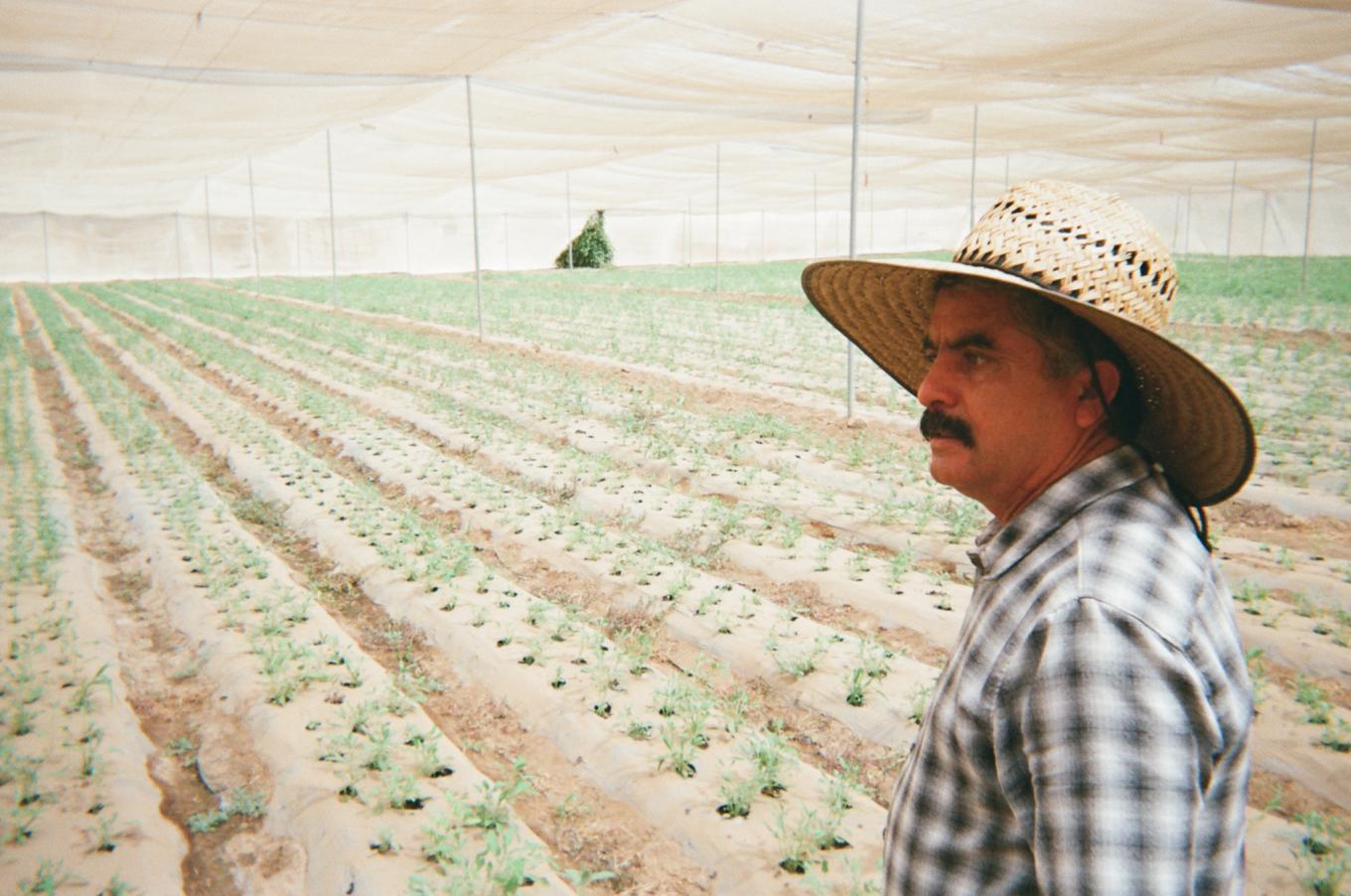
Felipe has plenty of stories to tell from the last 30+ years of Baja’s evolution. Plus, a “Best Tomato Grower of the Year” certificate that the commercial arm of the cooperative, Jacobs Farm del Cabo (JFDC), awarded him after his family’s third year. He attributes much of his consistent crop quality and flavor, in a whisper and a wink, to his favorite cover crops: crotalaria, maíz criollo, and yurimón beans.
Besides production models seen in the coffee industry, I don’t know of another smallholder cooperative like JFDC that grows organic produce for the US market. And if you ask founders Larry and Sandra if they would design the model differently nowadays, they just chuckle and sigh. “We didn’t help put this thing together because of its efficiency or competitive advantage.” Mission-driven to the bone, the brand could be sold for millions nowadays. But what would become of the hundreds of families that depend on the model once real asset managers recognize some of those “inefficiencies”?
Small and mid-size farming operations in both countries may not have much of a choice over the long run, especially since the heavily-lobbied and now watered-down version of the USDA’s NOP allows, for example, “organic” growers to deploy soil-less production systems. That is, the increasingly consolidated retailer landscape has additional and cheaper supply options today—cheaper product from high-tech facilities with which the majority of smallholder growers in the Americas simply can’t compete.
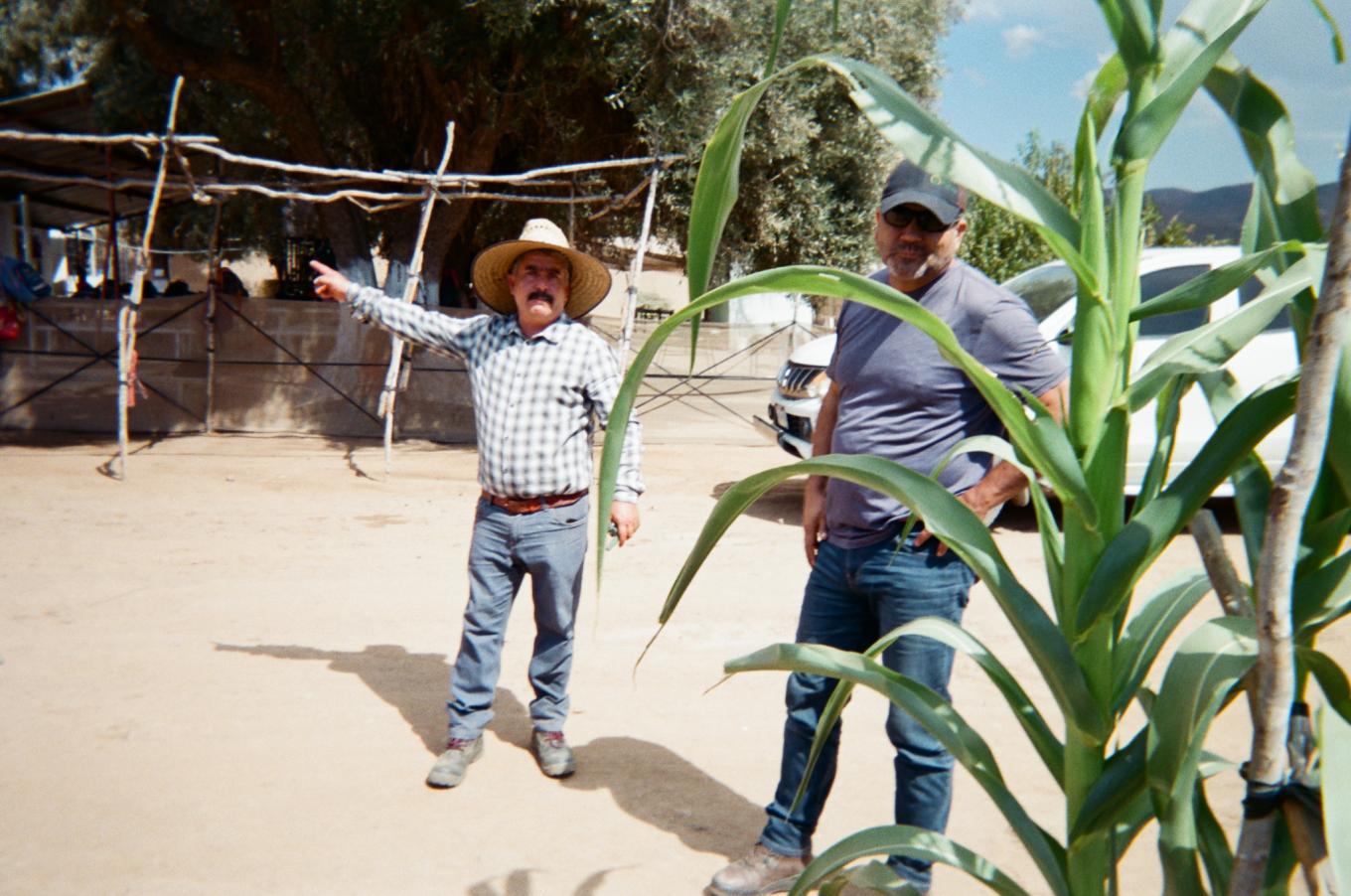
Whenever the US and Mexico face off in a soccer match, I admit to a guilty pleasure of proudly walking around in my red, white and blue jersey. The outcome of both of our less-than-spectacular teams’ talent is less consequential than the social and economic outcomes of a stubborn they’re-not-like-us mentality. Having worked with committed growers in Latin America for several years now, I struggle with the assumption that Americans have to “protect” a family farm that happens to be in the Upper Basin of the Colorado River watershed at the expense of a just-as-hard-working-and-deserving family closer to the river’s delta south of the border. We have so much more in common, and so much more to gain, together.
Plenty of panelists at industry events or podcast interviewees wax poetic on the need for more collaboration, for putting the farmers first. Our common foes within the movement aren’t folks who carry a different passport. Instead, they can be found more reliably on Sand Hill Road or in Bentonville. The more we remain divided—we being those committed to a more responsible food system (i.e., you, since you’re reading the Mad Ag Journal)—the more the pure profiteers will profit. Similar to the formation of that very first group of smallholder growers in Los Cabos back in the 1980s, it’s time for today’s truly committed to band together if we’re going to save the whole planet. In spite of those meandering borders.
